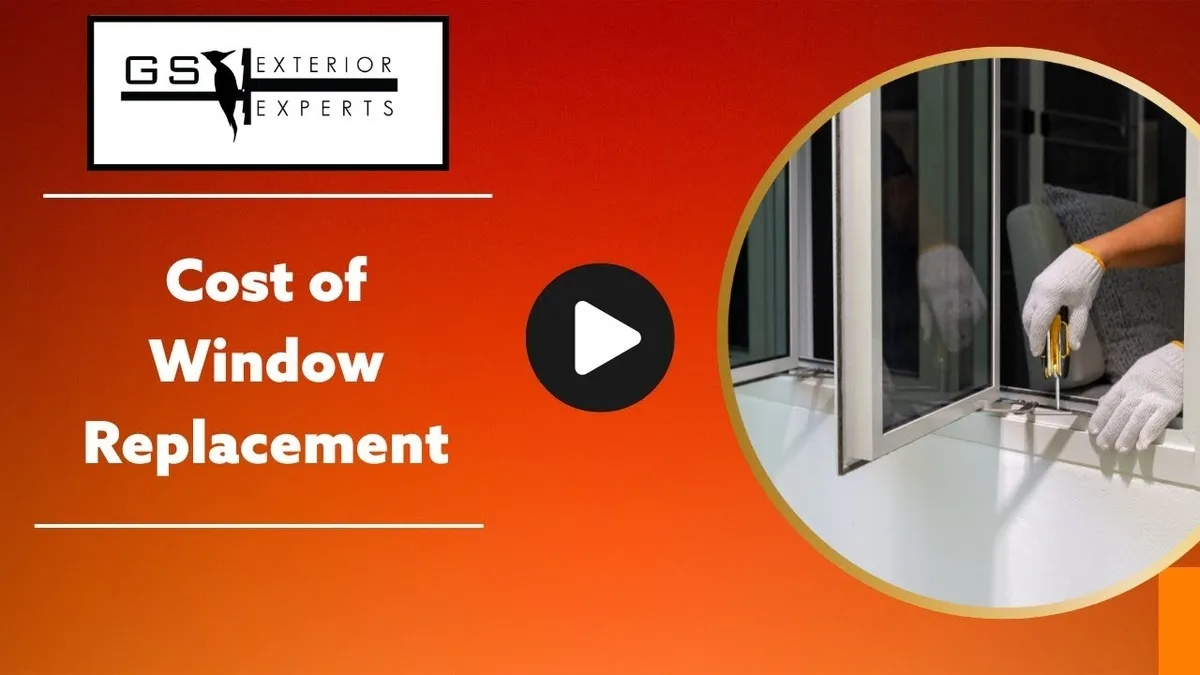Hello, Colorado homeowners! You’re likely reading this because you’ve noticed something odd about your house siding and wondered, “When is the best time to replace siding?” This article is here to answer just that. We at GS Exterior Experts are committed to helping you make informed decisions about home improvement and, most especially, siding replacement.
One important thing to understand is that the best time of year to replace siding is not merely a calendar decision. It involves observing signs that it’s time to replace your siding and knowing the condition and type of siding currently adorning your home.
Signs It’s Time to Replace Siding
Observation is key to knowing when it’s time to replace your siding. Are you noticing blistering or bubbling on your vinyl siding? This could be a sign that water has been trapped inside, or the siding has been exposed to extreme heat. If you’ve got wood siding, check for signs of rotting or insect damage, which are clear signs it’s time to consider a siding project.
Another sign to look out for is if your interior walls and wallpaper are showing signs of peeling or warping. This could be a clear indicator that your siding isn’t providing the necessary protection and insulation for your home.
Energy efficiency is also something to consider. If your heating or cooling bills are skyrocketing, your siding might be the culprit. Good siding provides adequate insulation, keeping your home warm in the winter and cool in the summer. If your siding isn’t doing its job, it may be time to replace it.
Choosing Your Siding Materials
When it’s time to replace your siding, consider the type of siding material that would best serve your home. Vinyl is a popular choice due to its durability, while wood siding offers a classic look. Fiber cement, like James Hardie, is another excellent option as it’s designed to withstand extreme weather conditions while offering a beautiful finish.

Best Time of Year to Replace Siding
Now, let’s address the question head-on: when is the best time of year to replace siding? Typically, the best time to have siding installed is during the spring and summer months.
Why spring and summer? Firstly, siding materials like vinyl and fiber cement behave better in warmer conditions. During cold weather, these materials can become brittle and are more likely to crack or break during installation. Secondly, adhesives used in the installation process also perform better in moderate temperatures. In freezing weather, adhesives may not stick as effectively, leading to potential issues down the line.
Hot weather can also pose some challenges. While it’s generally better than cold weather, extreme heat can lead to complications like rapid curing of certain materials and equipment overheating. However, experienced professionals can navigate these issues, and Colorado’s mild summers generally offer good conditions for siding projects.
Curb Appeal and Protecting Your Home
A new siding not only serves a functional purpose of protecting your home but also contributes to its curb appeal. Remember, the first impression anyone gets of your house is the exterior. By choosing the right time and siding material, you can significantly enhance your home’s appearance, making it stand out on your street.
Final Thoughts
It’s important to note that while spring and summer are generally the best times to replace siding, don’t ignore pressing issues that require immediate attention. If your siding is showing significant signs of wear and tear or damage, it’s time to replace, regardless of the time of year.
At GS Exterior Experts, we’re here to guide you through every step of your siding project, helping you choose the right material and install it at the right time. Your home deserves the best, and we’re here to deliver just that.
Don’t wait until your home’s exterior issues become big problems. Remember the signs to look out for, understand the different siding materials, and choose the best time of year for installation. Protecting your home is a year-round job. Let’s make it the best it can be, together.




